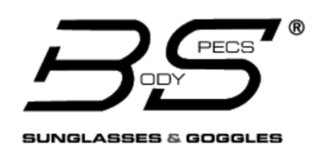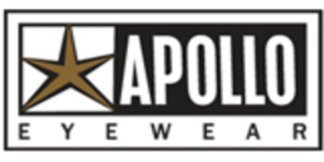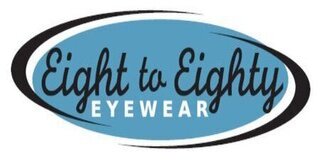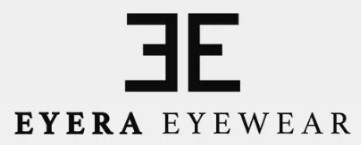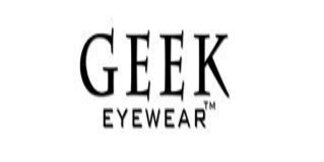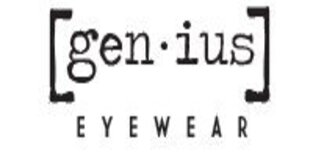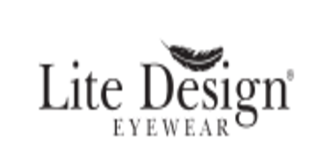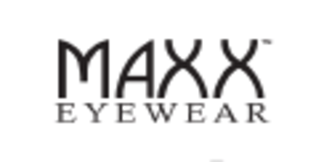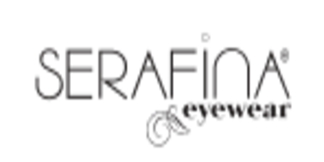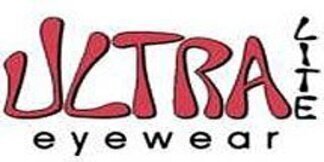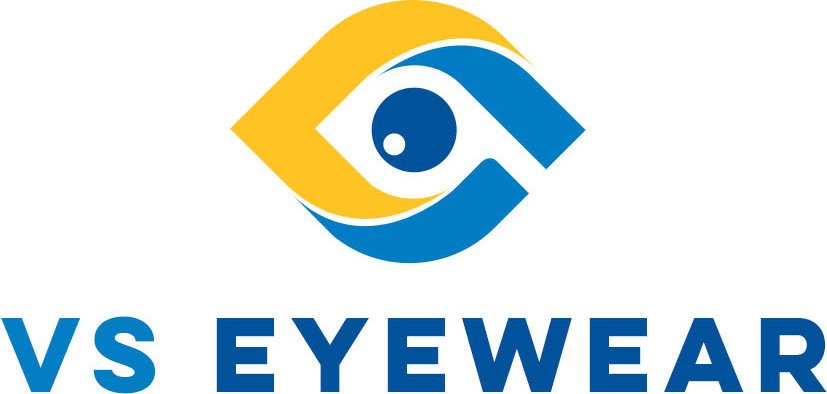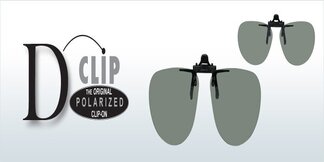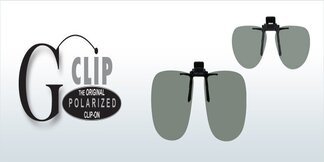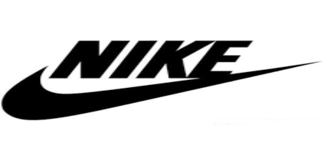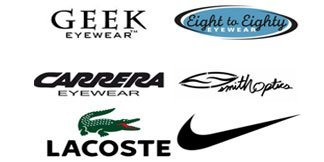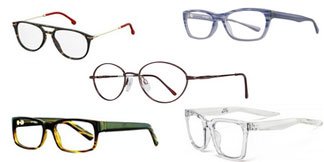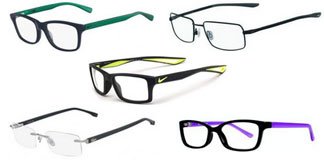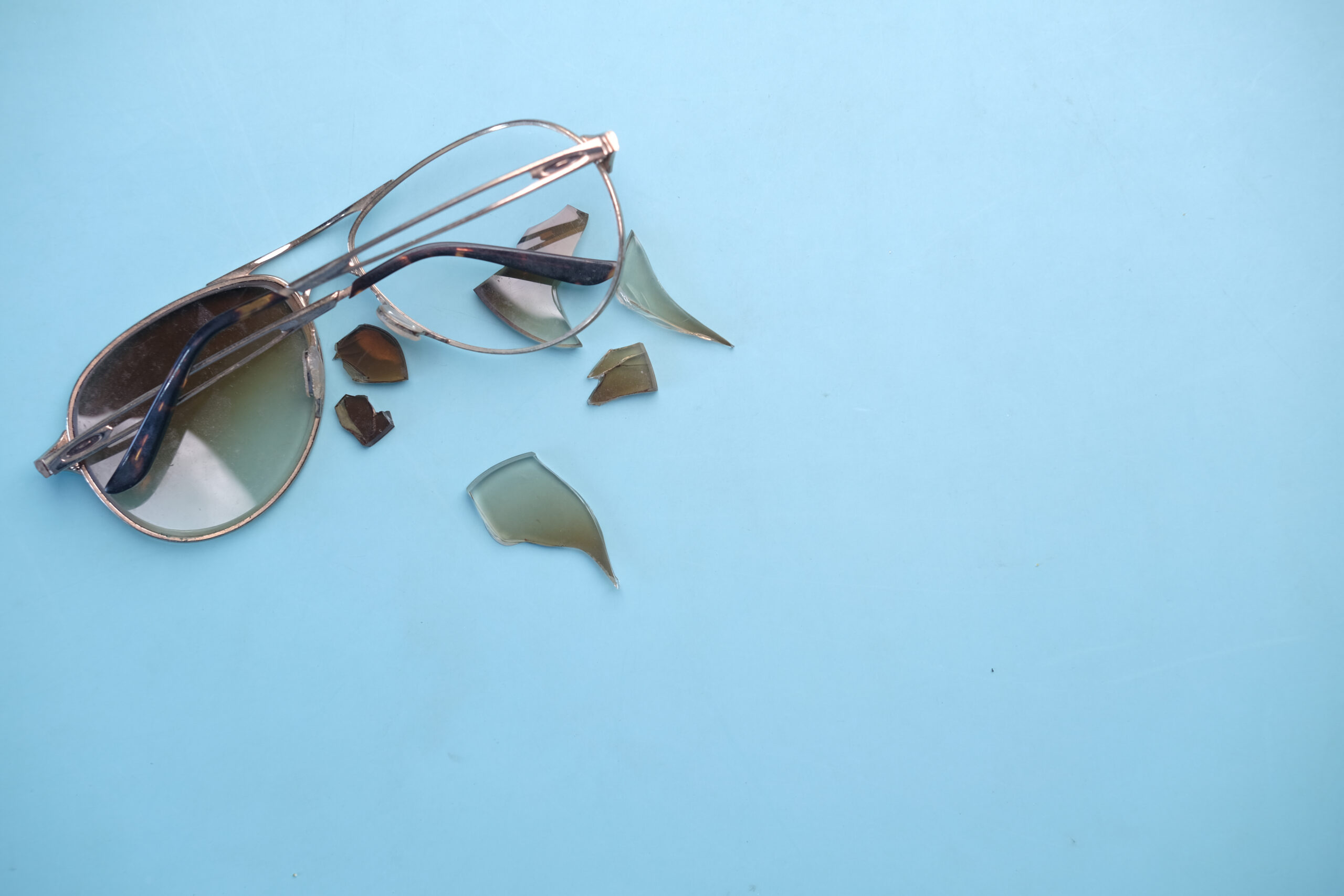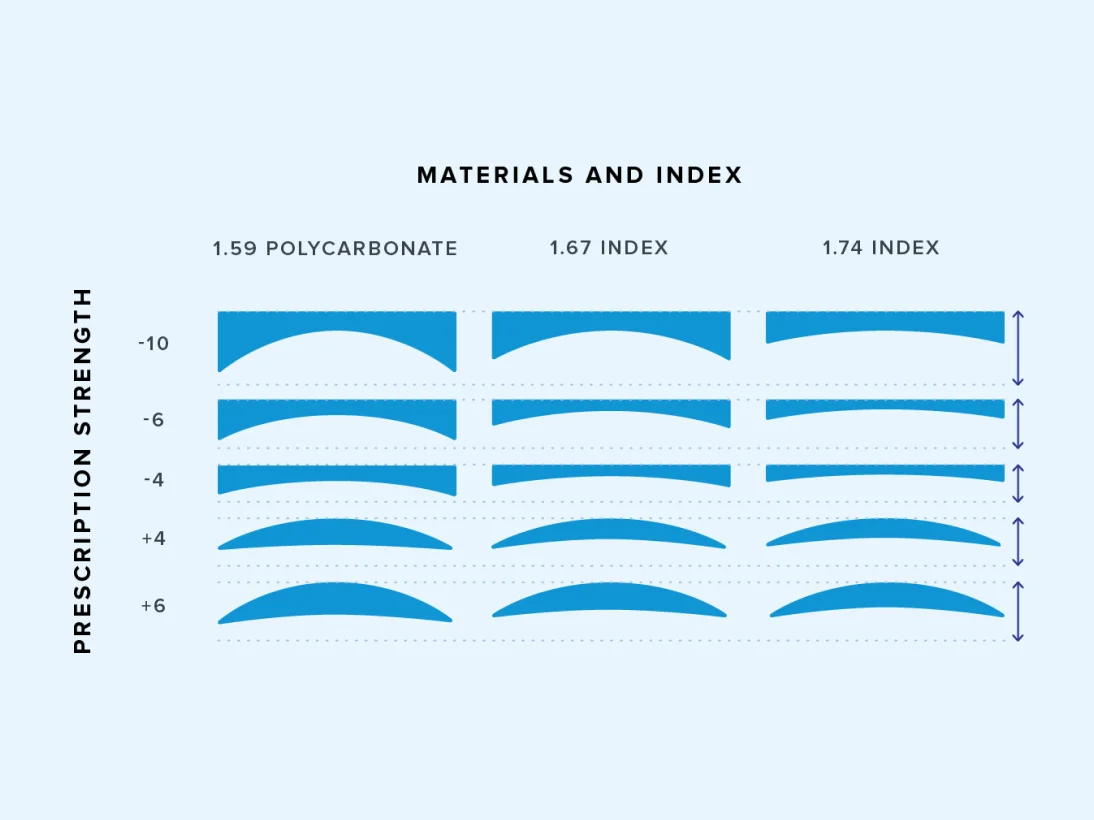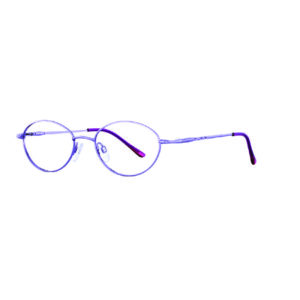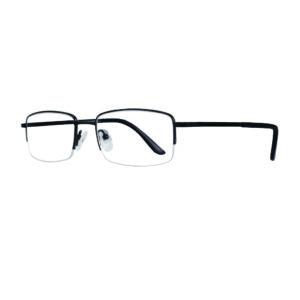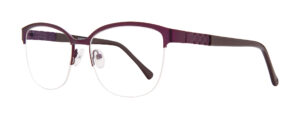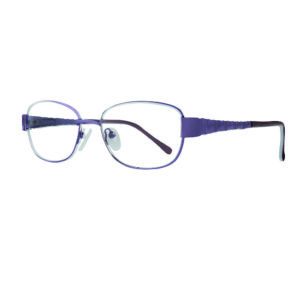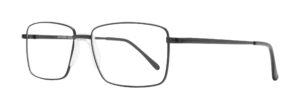No products in the cart.
EYEGLASSES
If metal frames cause a reaction, nickel is the culprit. Most metal frames are made of a nickel alloy. Other metals used include aluminum, stainless steel, titanium, zinc, copper, beryllium, gold and silver. Stainless, titanium, gold and silver are usually hypoallergenic.
Some people can also be allergic to the nose pads on metal frames. Most are made of silicone or acetate, but they can also be made out of polyvinyl chloride (PVC), nickel, titanium or rubber. Silicone is tricky. Certain silicones are hypoallergenic (such as medical silicone), but others can trigger allergic reactions. Both PVC and titanium are usually hypoallergenic. Most plastic eyeglass frames are made of zyl (also called zylonite, acetate and cellulose acetate) or propionate. Other materials used in plastic frames include: polyamide, nylon, polycarbonate, carbon and Optyl (a brand of epoxy resin). Propionate, polyamide, nylon and Optyl frames are all considered hypoallergenic.
Regular eye exams are the only way to catch “silent” diseases such as diabetes, glaucoma and other conditions in their early stages, when they’re more easily managed or treated. Many conditions can be discovered in a carefully planned eye exam. Those who consider mass-produced, over the counter reading glasses are truly doing themselves a disservice, both financially and medically.
One-size-fits-all reading glasses not only do not work well for most people who have a different prescription in each eye, and/or astigmatism, or whose lens and frame parameters are not measured correctly, they bypass the opportunity to have their eyes checked for early detection of many manageable diseases or conditions. For those insisting on selecting glasses not measured specifically for there eyes, headaches and eye fatigue are common symptoms.
The most common use of bifocals is for the treatment of presbyopia in individuals aged 40 and over. Whether or not a person has needed vision correction when younger, by the early to mid-forties, the ability to accommodate or focus the eyes has diminished.
Bifocals allow the wearer to see clearly both at distance and near despite the reduced focusing ability. Bifocals may also be used to help align the eyes if a person tends to over-cross his or her eyes at near. If you are over 40 or have any difficulty performing tasks at near, ask us whether bifocals or progressive lenses could be right for you.
There can be many causes for this condition. However, many times this problem can be alleviated, or even dismissed, with the use of “AR” (Anti Reflective) Lenses. First and foremost, however, annual or semi annual eye exams are the ONLY avenue to your eye health and the ONLY resource to ascertain the correct reason or cause for any eye ailment!
That being said and once any medical or physical condition is removed as a possibility of cause, then the perfect solution for glare on computer screens, or glare from night driving would be AR (Anti Reflective) Lenses.
This is a personal concern that can address many issues. You should change your eyeglasses when you feel that your existing eyeglasses no longer are supporting your needs, lifestyle, or taste.
In any case a visit to your doctor should not be only considered when you feel it is time for new glasses. You should visit your eye doctor at least once every year, unless otherwise instructed by your eyecare provider.
A popular lens in plastics are called Transitions Lenses. When they’re exposed to ultraviolet light, they become darker or change to a different color. However most brands are not as effective in a car or in any vehicle with the “blue or gray Stripe” on a windshield. Because of the ultraviolet blocking nature of the windshields, lenses will remain pretty light when you’re driving.
The ultimate sunglass experience can be enjoyed with “Polarized” lenses as these lenses offer the most protection and comfort to the eye so strain and fatigue can become a thing of the past. Transitions is a registered trademark of Transitions Optical, Inc.
Your prescription, your personal measurements, and the size of your frame are the three key factors that will determine final lens thickness.
If you are farsighted your lenses will be thicker at their center, in contrast, if you are nearsighted your lenses will be thicker at their edges. New innovative technology in lens designs, and materials, have allowed us to reduce overall lens thickness by as much as 60% in many cases. Our staff will guide you toward the best possible results in helping you choose the best frame-lens combination for your ocular and fashion needs.
Absolutely! Newer, thinner lens materials are being developed all the time, and we pride ourselves in constantly being up-to-date with the latest developments and materials in the optical community. This, along with the proper grinding and appropriate frame selection could make your new fashion eyeglasses distinctly thinner.
Plastic lenses do not protect your eyes. You need to have UV protection from UV rays, which are not inherent in a plastic lens. You can have a UV protective coating applied to a plastic lens, but polycarbonate lenses have built-in UV protection.
Glass lenses protect your eyes from harmful UVB rays but not from UVA. Some experts think UVA rays might have long-term, damaging effects to your eyes and skin.
There isn’t a risk of long-term eye damage in most adults with stabilized vision. But, you can still experience symptoms affecting vision and comfort. Wearing a prescription that is too weak or too strong can cause: Blurry vision.
One of the best ways you can tell whether your eyeglass prescription is too strong is to undergo a “one eye test.” It’s really simple and you can do this wherever you’d like. All you need to do is put on your glasses and cover one of your eyes (the precise eye does not matter). With your unobstructed eye, stare straight ahead. When doing this, take note of your vision. Does it appear clear? Or is it blurred or hazy? From there, do this same exercise with your other eye. If one or both of your eyes are blurry or hazy, you may have a strong argument that your eyeglass prescription is too strong. Yes, you will likely need to check-in with your optometrist or ophthalmologist to be 100 percent sure.
It takes some time to adjust to wearing progressive lenses. Because there are different corrective powers within the lenses, your eyes and your mind will need to learn to adjust. Often it will take a week or more to completely adjust. If you continue to have problems, but your eye doctor is able to verify that the prescription is accurate, it may be that the frames simply aren’t sitting correctly on your face and can be adjusted to fit more precisely.
Transitions® lenses have to be exposed to direct UV rays before they will change. Depending upon weather conditions they may get more or less dark from day to day. Transitions lenses will not darken in a car, because most windshields have UV filters built into them. However, Transitions® does offer Xtractive and Drivewear lenses that do darken in the car. Learn more about Xtractive, Drivewear and other Transitions® products on our Transitions lenses info page. Get more information on our Transitions lenses information page.
Most people get used to new glasses within two to three days, although it might take up to two weeks. If your vision is still blurry and you’re dealing with headaches, you may need a different prescription or type of lens. If your prescription is wrong, your eyes and brain will not adjust to it, no matter what you try.
Most eye care professionals will tell you it will likely take two to three days to adjust to a normal change in your glasses prescription, but the adjustment period can last up to two weeks in some rare cases. If your eyes have not fully adjusted after two or three days, check in with your eye doctor.
Unfortunately, wearing glasses comes with a slight adjustment period. Most people will experience headaches and sore or tired eyes during the first few days. However, as your eye muscles get used to relaxing instead of working so hard to make sense of what you are seeing, the headaches and soreness will disappear.
- Blurred Vision. One of the most obvious signs that your eyeglasses aren’t correcting your vision like they should is fuzzy and unclear eyesight. …
- You’re Squinting A Lot. …
- Your Eyes Feel Tired. …
- Your Eyes Are Sensitive To Light. …
- You’re Getting Frequent Headaches.
If you wear glasses or contact lenses, you should visit the eye doctor for a vision checkup every one to two years. Your prescription expires after this length of time, so it’s important to make sure your eyes haven’t changed before you buy new glasses or order more contacts.
Do your eyes get weaker the more you wear glasses? Bottom line: Glasses do not, and cannot, weaken eyesight. There is no permanent vision change caused by wearing glasses…..they are simply focusing light to perfectly relax the eyes in order to provide the sharpest vision possible
That’s because your brain needs some time to adjust to the new prescription and lenses. Often, your new prescription will be more powerful, meaning your brain will need to adapt from what it used to know to what you see now.
With age, the lenses of the eyes become less flexible and make it difficult to focus on close objects, a condition called presbyopia. That’s why nearly everyone needs reading glasses as they reach their mid-40s or 50s. A few types of eye surgeries can correct this condition.
Around age 60, these changes in near vision should stop, and prescription changes should occur less frequently. Presbyopia can’t be prevented or cured, but most people should be able to regain clear, comfortable near vision for all of their lifestyle needs.
Although TVs don’t cause permanent eye damage, they can cause eye strain, a common condition that can lead to eye pain, blurry vision, and headaches. Eye strain often occurs after too much screen time, but is more frequent when you’re sitting close to the TV or watching from an odd angle.
According to experts, staring at computers, tablets, and smartphone screens will not permanently damage your eyesight. However, doing so can cause some bothersome side effects, most notably computer vision syndrome (also called digital eye strain).
The lenses of your glasses should be centered in front of your eyes so that your pupils are looking out of the middle of each lens. This rule applies both horizontally and vertically. Your eyes should not be too far up or down, left or right in relation to the lenses.
VS Eyewear offers a broad range of high quality eyewear meeting everyone’s needs and budget. We have glasses that cost as low as $9.99 and on the high end $299.00
We can make up prescription lenses for the majority of our product line.
It will depend on the frame that is chosen and the options you select. VS Eyewear and its partner labs stocks a large number and variety of glasses, but cannot have everything available on the shelf. If we don’t have it in stock deliveries will be determined by the frame and lens manufactures. Our standard in stock frames can normally be shipped within 7-10 business days.
We go with the individual Manufactures warranty for their frames. Most offer a 1 year warranty against manufacturer’s defects. Worn or abused products will be determined by the manufacturer’s discretion.
Showing 1–16 of 1216 results
-
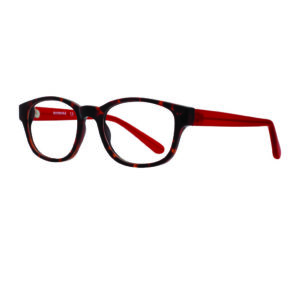
Affordable Designs Adeline
$19.95 Select options -
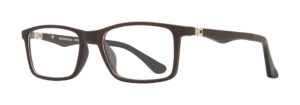
Affordable Designs AJ
$19.95 Select options -
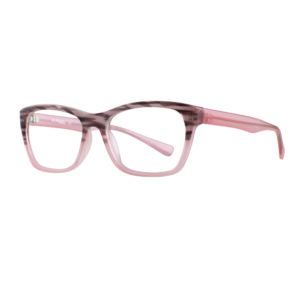
Affordable Designs Alice
$19.95 Select options -
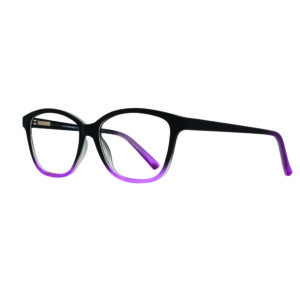
Affordable Designs Amelia
$19.95 Select options -
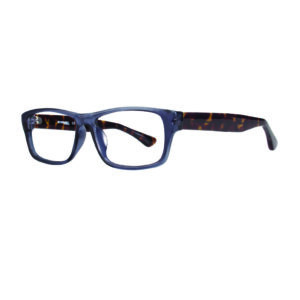
Affordable Designs Apollo
$19.95 Select options -
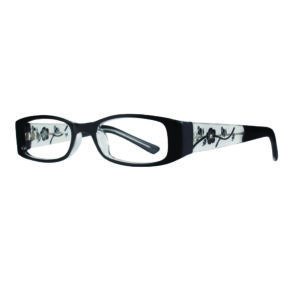
Affordable Designs Aurora
$19.95 Select options -

Affordable Designs Aurora
$19.95 Select options -
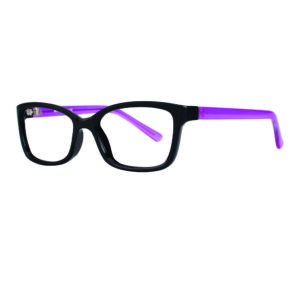
Affordable Designs Bambi
$19.95 Select options -
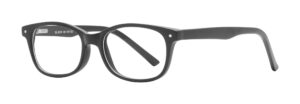
Affordable Designs Barron
$19.95 Select options -
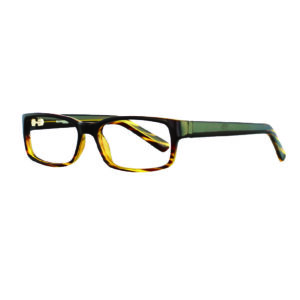
Affordable Designs Ben
$19.95 Select options -
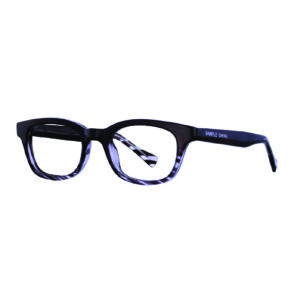
Affordable Designs Blake
$19.95 Select options


